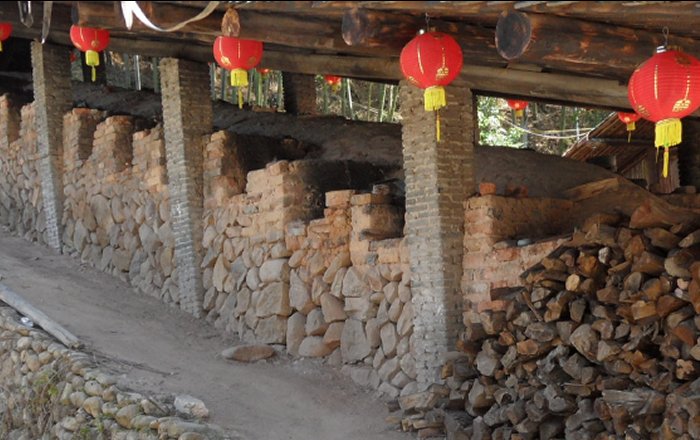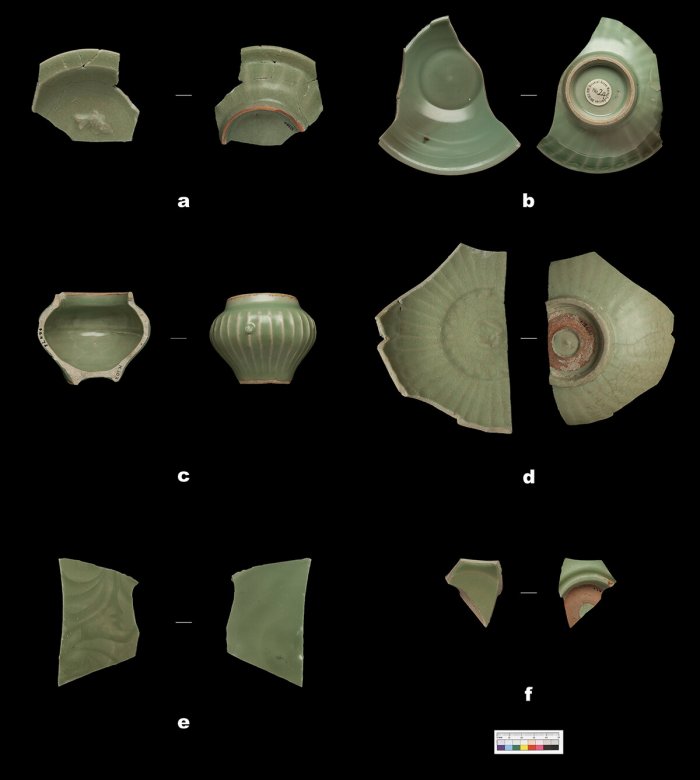Conny Waters – AncientPages.com – Researchers examined the Longquan celadon (high-quality glazed ceramic pottery) industry, located in Zhejiang province in China, which flourished mainly between the Southern Song and early Ming dynasties.

Image credit: Durham University
The products of this industry are found on archaeological sites across China and the Indian Ocean.
However, the history of Chinese trade is sometimes still a bit of a mystery due to the lack of historical records. This is where archaeologists are relying on ceramics to tell the story because there is “the extraordinary ceramic archaeological record, in particular of Chinese ‘trade’ or ‘export’ ceramics,” researchers write in their paper.
Analysis of high-quality glazed ceramic pottery, called celadon, has shown that this greenware was produced in the Zhejiang Province in China from the 12th to the 15th century on a scale that was unparalleled anywhere in the world at that time.
The research, conducted through a long-standing partnership between Durham University and the Palace Museum in Beijing, found that the trade in this product was one of the earliest ‘global’ manufacturing and export industries.
Large-scale production
The study indicates that this high-quality and highly valued ceramic was used across China as a tableware and exported across the Indian Ocean as far as East Africa, Arabia, Egypt and Iran.

Longquan celadon sherds from southern Iran, the Williamson Collection (a, c-f) and Kush in Ras al-Khaimah, UAE (b). Source
The researchers say the phenomenal scale of production within the kilns at Longquan in the Zhejiang Province is solid testimony to China’s technical skill and development at this time.
The pieces of ceramics, which can often be precisely dated, contain a wealth of largely untapped information on the extent of trading networks through time.
They show not only the significant scale of the production but also a level of integration between the Chinese domestic economy and overseas trade and consumption, demonstrating China’s economic reach and power during the later 13th and 14th centuries.
Partnership working
Formally established in 2016, a Memorandum of Understanding (MoU) was signed at the People-to-People Dialogue between the Palace Museum and Durham University, connecting two world-renowned centres of research and cultural excellence.
A delegation from the Palace Museum will visit Durham later this year to meet with Vice-Chancellor, Professor Karen O’Brien to renew our partnership for a further five years. This will reaffirm the continuation of showcasing people-to-people and cultural engagement between Durham and China.
Paper
Original story – Durham University
Written by Conny Waters – AncientPages.com Staff Writer





